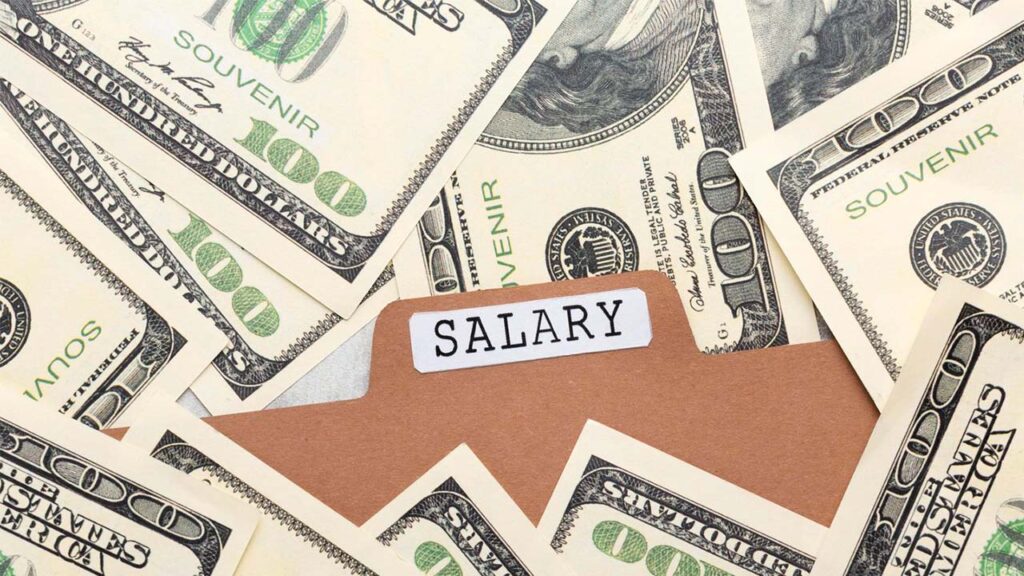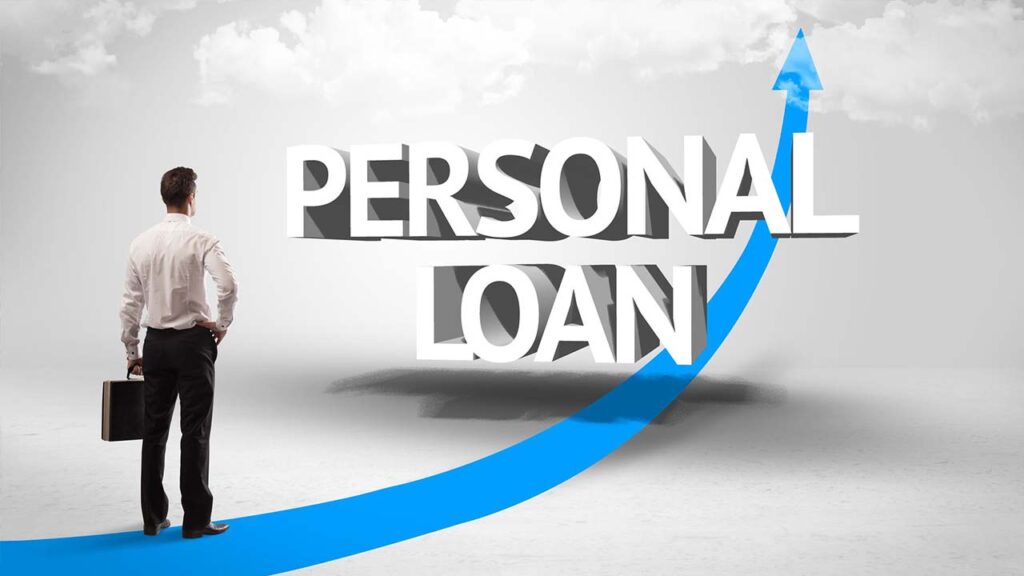SGDLoan.com – many people reach out with the same pressing question — can you really take a loan from CPF?
While the desire to access these funds for personal reasons like emergencies, education, or daily expenses is understandable, CPF (Central Provident Fund) is not structured to work like a traditional bank account.
Before diving into what is and isn’t allowed when it comes to CPF withdrawals or loans, it’s important to understand the purpose and design of the CPF system in Singapore.
CPF is a mandatory savings plan that supports Singaporeans’ needs in retirement, healthcare, and home ownership. Because of its long-term role, it is tightly regulated and protected to ensure that the funds are available when you need them the most — particularly in your older years.
Can You Borrow Money Directly from Your CPF?

This is one of the most common questions — and as far as we know and the answer is no.
You cannot take a personal loan from CPF. The CPF scheme is not meant to be a short-term financial tool. It is protected under the CPF Act and is specifically designed to meet retirement, housing, and healthcare needs, not to serve as a direct source of borrowing.
There are no mechanisms in place for CPF members to borrow from their CPF Ordinary Account (OA), Special Account (SA), or MediSave Account (MA).
These safeguards are there for good reason. Allowing individuals to tap into their CPF freely would result in financial insecurity during retirement, something the scheme was created to prevent.
In short, if you are looking to borrow money from CPF, you’ll find that the regulations clearly restrict this — and for sound, long-term financial reasons.
What You Can Withdraw from Your CPF

While CPF cannot function as a direct loan source, there are several CPF withdrawal options that members may be eligible for, depending on their age, housing status, or special circumstances.
Below are the key CPF withdrawal scenarios to understand:
Withdrawal at Age 55
At age 55, members can withdraw up to $5,000 from their CPF savings regardless of their Retirement Account balance.
This provides some liquidity to individuals transitioning into retirement, even if they haven’t accumulated a large sum in their CPF.
If you’ve set aside the Full Retirement Sum (FRS) — which includes your OA and SA savings being transferred to the Retirement Account (RA) — you can withdraw the remaining CPF savings that exceed this sum.
The FRS ensures that your monthly CPF LIFE payouts will be sufficient to cover basic retirement expenses.
If you have insufficient savings, your withdrawal options will be more limited, reinforcing the CPF’s retirement-first philosophy.
Withdrawal at Age 65
At age 65, when most CPF members begin receiving CPF LIFE payouts, there’s an additional withdrawal allowance.
You may withdraw up to 20% of your RA savings, inclusive of the initial $5,000 withdrawn at age 55.
This phased approach to withdrawals is meant to balance the need for immediate cash with the need for a steady retirement income.
With Property Pledge
CPF members who own property may pledge their property to set aside only the Basic Retirement Sum (BRS) instead of the FRS.
Doing so allows them to withdraw a higher portion of their CPF savings above the BRS.
This is particularly helpful for those who may not have significant CPF balances but own fully-paid properties, allowing them to meet the required sums through asset pledging.
More information on CPF withdrawal policies and retirement scenarios can be found at cpf.gov.sg.
How CPF Interest Rates Work and Why They Matter

CPF accounts earn government-guaranteed interest, which ensures the value of your savings grows steadily and predictably.
Understanding these rates is essential for financial planning, especially if you’re trying to decide whether to make additional contributions or leave your funds untouched.
CPF Interest Rate Breakdown
| CPF Account | Base Interest Rate | Additional Interest |
|---|---|---|
| Ordinary Account (OA) | 2.5% per annum | +1% on first $60,000 combined CPF balance |
| Special Account (SA) | 4% per annum | +1% on first $60,000 combined CPF balance |
| MediSave Account (MA) | 4% per annum | +1% on first $60,000 combined CPF balance |
| Retirement Account (RA) | 4% per annum | +2% on first $30,000 for members aged 55 and above |
These rates are significantly higher than what traditional banks offer on standard savings accounts, which rarely exceed 0.05% in Singapore.
This is why the CPF system discourages withdrawals unless absolutely necessary, as doing so may reduce your long-term compounding benefits.
The Ministry of Health provides regular updates on these rates to help you make informed decisions.
CPF From Your Salary: Where It Goes and Why

Every month, a percentage of your gross salary goes into CPF. Your employer also contributes a portion, making CPF one of the most effective long-term wealth-building tools in Singapore.
Breakdown of CPF Contributions
| Age Group | Employer Contribution | Employee Contribution | Total CPF Contribution |
|---|---|---|---|
| Below 55 | 17% | 20% | 37% |
| 55–60 | 14% | 14% | 28% |
| 60–65 | 10% | 10% | 20% |
| Above 65 | 8% | 6% | 14% |
These contributions are allocated among three CPF accounts:
- Ordinary Account (OA): Used for housing, insurance premiums, investments, and education.
- Special Account (SA): Reserved for old age and retirement investments.
- MediSave Account (MA): Set aside for medical expenses and approved insurance premiums.
By maintaining employment and contributing consistently, members grow their CPF balance while benefitting from compound interest and additional interest rates on lower balances.
Why You Can’t Use CPF for Personal Loans

CPF savings are not accessible for short-term needs or emergencies.
While it may be tempting to try and access these funds when facing financial difficulty, CPF’s legal framework is strict for a reason.
Withdrawals are allowed only under regulated conditions to ensure that individuals have adequate funds in retirement.
According to CPF’s own policies, the fund cannot allow lump-sum withdrawals to pay debts or support consumption.
That said, if you’re in a tight spot financially, other avenues do exist.
Alternatives to CPF-Based Loans
If you cannot access your CPF savings and urgently need funds, consider the following:
- Apply for government assistance, such as Workfare Income Supplement or ComCare schemes.
- Credit Counselling Singapore (CCS) offers debt restructuring plans and guidance for managing unsecured debts.
- Community Development Councils (CDCs) also provide short-term financial help for urgent needs.
These alternatives ensure you can resolve short-term issues without compromising your long-term financial stability.
The CPF Board reiterates this stance in multiple guides, such as in their frequently asked policy questions.
Exploring Alternative Personal Loan Options in Singapore

Since CPF savings can’t be borrowed against, personal loans from financial institutions remain the most accessible solution.
These loans can help you handle unexpected expenses, consolidate debts, or finance short-term projects.
What to Consider When Taking a Personal Loan
Before applying, it’s important to understand what you’re signing up for.
Here are some of the most crucial factors:
- Interest Rate: Compare across banks and licensed lenders; rates range from 3.5% to 9% p.a.
- Loan Tenure: Longer tenures reduce monthly instalments but increase total interest paid.
- Approval Time: Some lenders offer same-day disbursement if you meet eligibility criteria.
- Monthly Repayment: Always ensure that repayment does not exceed 40% of your income.
- Early Repayment Fees: Some lenders charge penalties for settling the loan early.
Always verify that the lender is licensed by the Monetary Authority of Singapore (MAS) before engaging.
Also consider using online loan comparison platforms to evaluate your options side by side.
How to Keep Your CPF Account Safe

Because your CPF balance can accumulate into a significant sum over time, it is vital to protect it against fraud or unauthorised access.
Best Practices to Secure Your CPF Account
- Activate CPF Withdrawal Lock via Singpass to prevent unauthorised withdrawal attempts.
- Check your account transactions regularly using the CPF mobile app or website.
- Be alert to phishing scams and fake messages claiming to be from CPF Board.
- Update your contact details so you’re alerted if there’s unusual account activity.
These steps are easy to implement and provide peace of mind as your CPF balance grows over the years.
Real-World Scenario: Preserving CPF While Resolving Financial Stress

Let’s take the case of James, a 42-year-old who recently lost his job.
With credit card bills piling up, James considered whether he could withdraw his CPF savings to repay the debt. After learning that CPF doesn’t allow this, he followed a different path:
- He approached Credit Counselling Singapore (CCS) for advice and entered a debt repayment plan.
- He applied for a personal loan with a fixed 5% interest rate to pay off higher-interest debts.
- He maintained his CPF untouched, which continued to grow with interest for his future needs.
- Within two years, James cleared his personal loan, kept his CPF intact, and rebuilt his financial footing.
This example illustrates why the system is designed as it is — to protect long-term needs, not to serve short-term consumption.
If you’ve ever asked whether you can take a loan from CPF, the answer is now clear.
While CPF funds offer immense value for your retirement and other core needs, they are not designed to be a source of personal credit.
Rather than trying to withdraw or borrow from CPF savings, consider exploring alternative solutions like personal loans, financial counselling, and government aid.
By protecting your CPF savings today, you’re ensuring a more secure future for yourself and your loved ones.
It’s all about planning wisely, knowing your options, and making choices that balance your present needs without compromising tomorrow.









